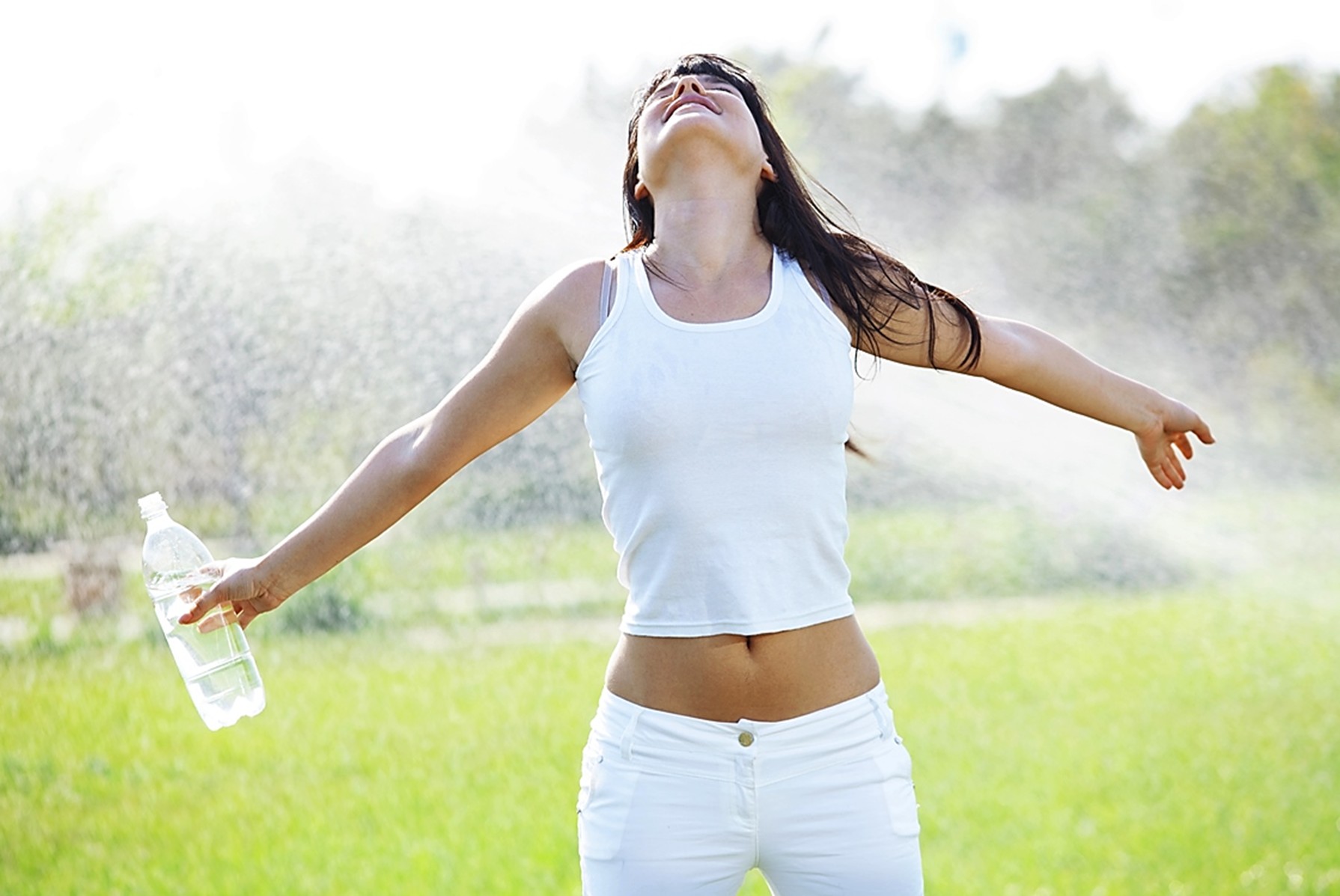
by Fern Shaw | Jun 17, 2025 | water cooler, Water Coolers
It’s heating up across the UK and while we all love a bit of sunshine, rising temperatures mean it’s more important than ever to stay properly hydrated. Whether you’re working, studying, or getting your steps in at the gym, your body needs extra water to cope with the heat.
When you’re dehydrated, your energy levels drop, your concentration wobbles and even your mood can take a hit. Not ideal when you’re trying to power through a busy day or stay sharp in a lecture or meeting. And no, that third coffee doesn’t count – in fact, it can make dehydration worse.
Why Water Coolers Just Make Sense
Having a water cooler on-site – be it in your office, gym, school, or university – makes drinking more water easier and more appealing. Constantly available chilled, refreshing water is far more tempting than a warm bottle that’s been sat in your bag all day. It’s a small change that can make a big difference to how people feel and perform throughout the day.
Water coolers also encourage a bit of movement. That quick trip for a refill? It’s a mini break that gets you away from your screen and gives your brain a breather – win-win. In places like schools and fitness centres, where staying focused or physically active is key, accessible hydration is even more important.
Cooler Vibes All Round
Let’s face it – having a dedicated spot for fresh, cool water just sends the right message. It shows you care about wellbeing, whether that’s your team’s, your clients’, or your students’. And when things are hotting up it might just be the most popular spot in the building.
So, as the mercury climbs, make sure there’s plenty of water flowing. Your body (and brain) will thank you.
Water Coolers? Where?
Looking to keep your team, students or gym-goers cool, refreshed and properly hydrated?
Contact us at AquAid Water Coolers. Wherever you’re based in the UK and whatever the size of your organisation, we’ll provide and install the perfect water dispenser to meet your hydration needs – quickly, easily and hassle-free. Stay cool, stay hydrated!

by Fern Shaw | May 27, 2025 | bottle fed water coolers, mains fed water cooler, water cooler, Water Coolers
Utilising the three C’s (more actually) and in the proverbial words of a famous English poet: Let us count the ways in which a water cooler is of benefit.
Can you have too much of a good thing? We believe it’s possible, so in order not to overwhelm you, we’re going to kickstart with five positive C catchphrases.
- Convenience
Having a water cooler in the workplace, whether it’s a small office or a sprawling industrial estate, is undeniably convenient. It ensures that fresh drinking water is always readily available, saving time and effort.
- Cost-effective
Installing a water cooler is a smart financial move. It significantly reduces the need for costly single use bottled water and other less sustainable options. Over time, this adds up to noticeable savings – good news for your budget and the planet.
- Cleanliness
Water coolers promote hygiene by providing a clean and controlled drinking water source.
This is backed by AquAid’s policy where we automatically sanitise our bottled water coolers and service our mains fed water coolers every six months by our WHA (Water Dispenser & Hydration Association) accredited engineers. It’s our way of ensuring that you enjoy not just clean water but peace of mind too.
- Consistency
There’s nothing worse than inconsistency when it comes to the basics, especially drinking water. A water cooler provides a reliable, on-demand source of both chilled and hot water, ensuring your team stays hydrated all day long, without interruption.
- Cooling
Finally, the cooling factor. A water cooler offers a refreshing source of chilled water, ideal during the warmer months, when things heat up at work, or post workout. It’s the little pick-me-up that can make a big difference to your day.
There you have it: the convenient, cost-effective, clean, consistent and cooling water cooler. Efficiently ticking all the right boxes for a healthier, hydrated workplace. Contact AquAid to explore how one could fit into your space.
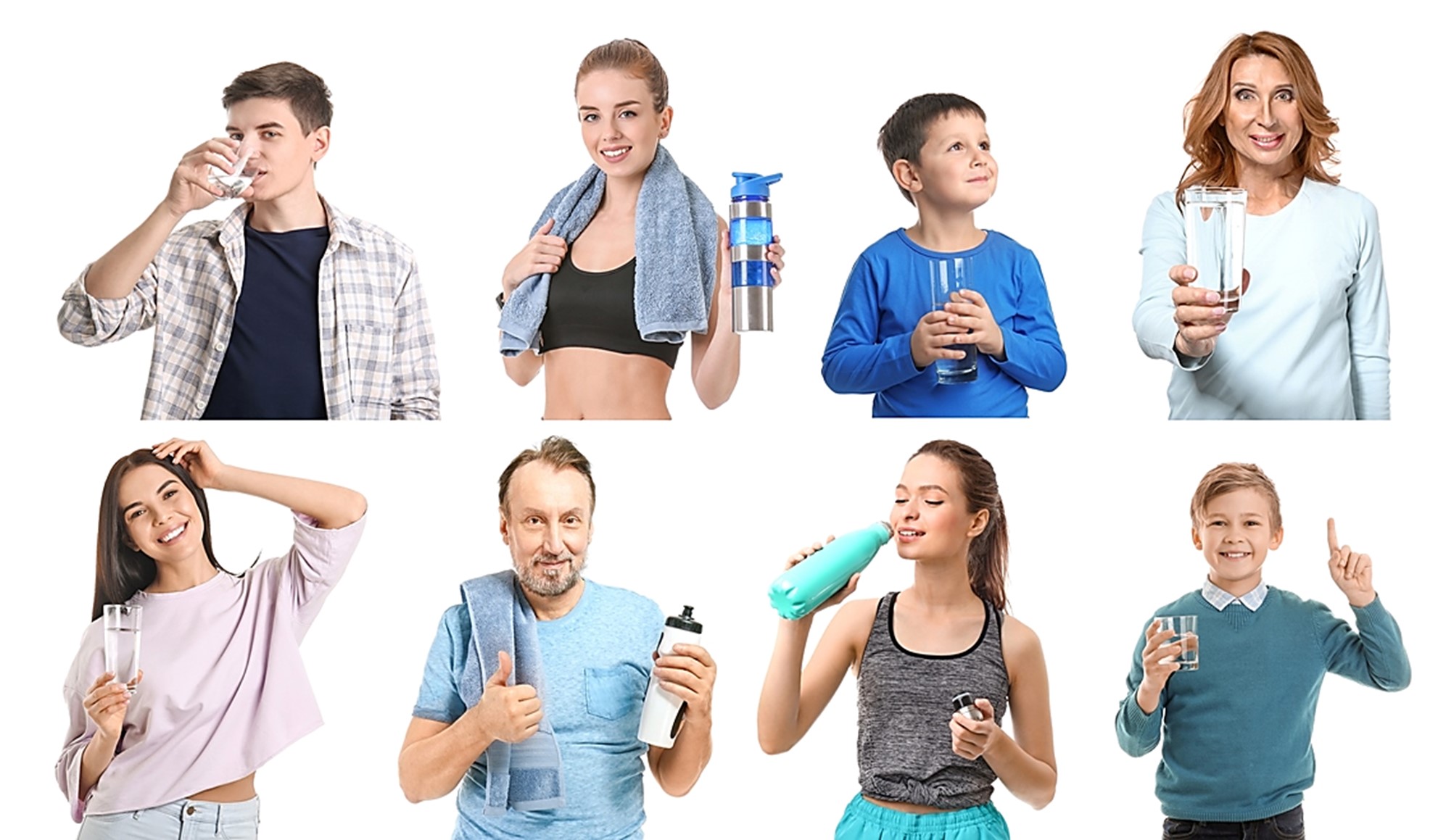
by Fern Shaw | May 14, 2025 | water cooler, Water Coolers
Whether it’s a bustling office, a quiet medical clinic, a busy retail store, a school, or even a tourist destination, a water cooler is one of the simplest yet most valuable additions to any space, regardless of the size and number of people in that space. It’s not just about staying hydrated; it’s about creating a healthier, more inviting environment for staff, customers, and visitors alike.
A water cooler subtly shapes the environment by encouraging healthier daily habits. When water is visible and readily available, it nudges people to make better choices without effort. Over time, this can lead to lasting behavioural shifts – not just staying hydrated but being more mindful about wellbeing in general.
In public-facing spaces, having a water cooler available adds value as it sends the right message. Waiting rooms and receptions can feel awkward or impersonal, but offering a refreshing drink of water provides a small, purposeful activity. It breaks the monotony, softens the atmosphere, and gives people something to do while they wait.
From an operational perspective, a water cooler improves efficiency. It can reduce trips away from the workplace to buy drinks and save space, cutting down on clutter from personal water bottles. Having a central source helps standardise cleanliness, refilling routines, and maintenance, making hydration simple and streamlined.
In physically demanding or outdoor environments, a water cooler can even support compliance with health and safety standards. Regulations in certain sectors require adequate access to drinking water, so installing one is not just convenient, it helps meet legal obligations while supporting staff welfare.
In larger venues or public spaces, water coolers also serve a practical role in crowd management. People naturally gather at hydration points, making it easier to predict foot traffic, reduce bottlenecks, and keep flow organised – all without needing extra signage or supervision.
No matter the type of location – event, office, shop, school, or spa – a water cooler remains a practical and appreciated necessity.
With over 24 years of experience and 23 branches across the UK, AquAid is perfectly placed to meet all your water cooler needs – wherever you are. Whether you’re after expert advice, reliable service, or top-quality coolers, AquAid delivers nationwide. Get in touch today and discover why thousands of valued customers trust AquAid to keep their teams, guests, and visitors refreshed, hydrated, and happy.
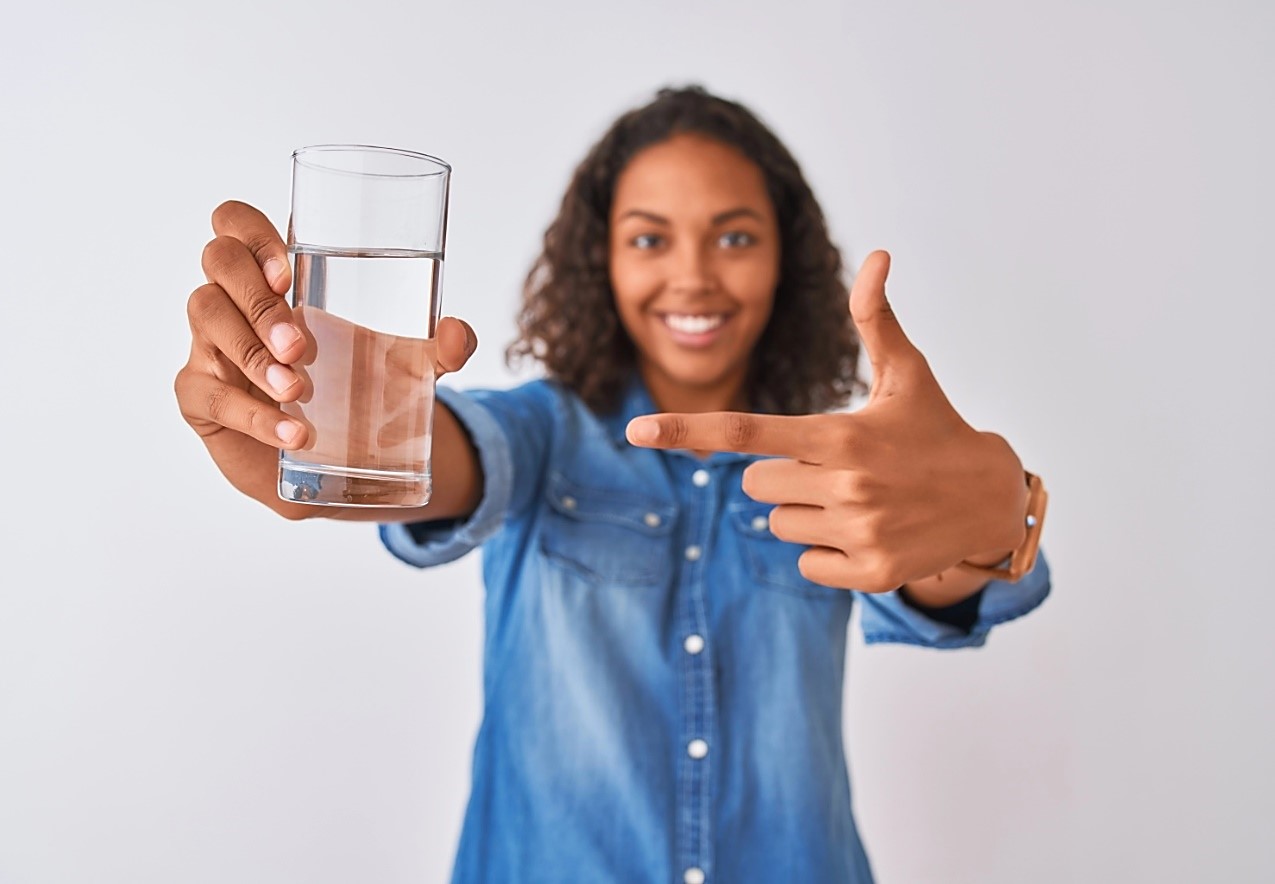
by Fern Shaw | May 12, 2025 | water cooler, Water Coolers, water dispenser
Having easy access to fresh drinking water is something every school, college, and educational setting should prioritise. Whether it’s pupils in a primary classroom or students preparing for exams at university, staying hydrated plays a big part in keeping minds sharp and energy levels up. That’s why water coolers, dispensers, and fountains are more than just handy extras – they’re vital.
We all know how hard it can be to concentrate when we’re feeling tired or sluggish. Often, that’s simply down to not drinking enough water. Even mild dehydration can affect focus, mood, and overall performance. Making sure water is available and easy to access throughout the day helps everyone – students and staff alike -stay alert and ready to learn or teach.
Installing water coolers and dispensers offers a simple solution in providing students and staff alike a refreshing, cool, and reliable source of water. They’re a practical way to encourage regular drinking, especially when the alternative might be sugary drinks or no drink at all. And let’s face it, fresh, cool water always tastes better – particularly after a PE lesson or on warmer days.
Water fountains and bottle refill stations also support schools in cutting down on single-use plastics, which is a growing concern for many environmentally conscious institutions. Encouraging students to bring in their own reusable bottles and fill them up throughout the day not only keeps them hydrated but also helps create a more sustainable campus.
Making water easily available also shows that a school or college genuinely cares about the wellbeing of its community. It’s a small but powerful step towards creating a healthier and more supportive learning environment. And when students feel looked after, they’re far more likely to engage, participate, and succeed.
At the end of the day, providing fresh drinking water shouldn’t be seen as a luxury – it’s a basic need. With a simple solution like a water cooler and fountain, educational settings can make a big difference to how students feel, learn, and thrive, and help enable staff to be able to perform at their best throughout the school day.
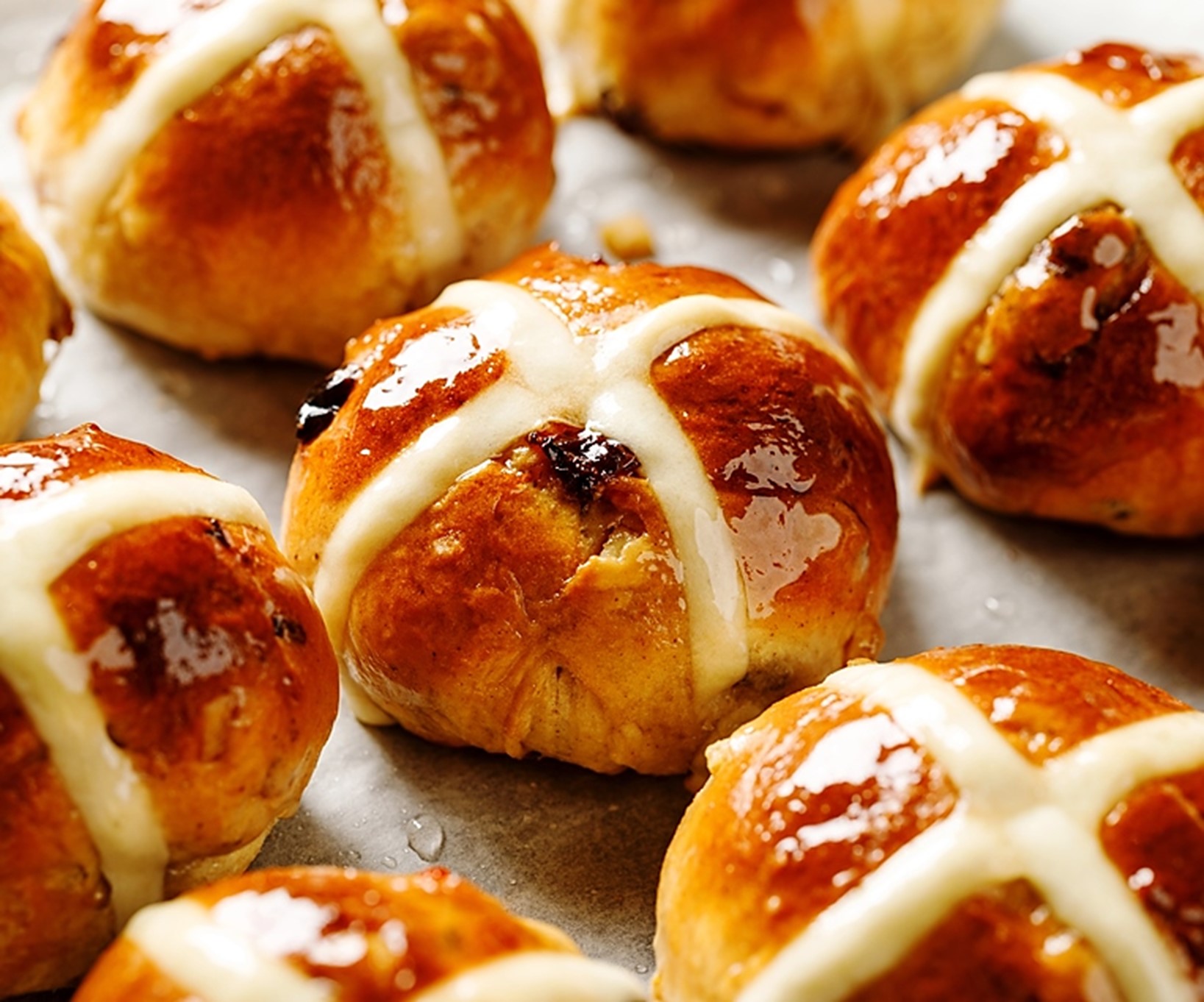
by Fern Shaw | Apr 17, 2025 | water cooler, Water Coolers
Easter’s that magical time of year when chocolate eggs multiply faster than you can say “just one more,” family lunches somehow turn into full-on feasts, and you start wondering if hot cross buns count as a balanced diet (they do have fruit in them, after all). But while we’re busy nibbling our way through mini eggs and dodging competitive egg hunts, there’s oft one thing that tends to get overlooked: staying hydrated.
Yep, amongst all the sweet treats and celebratory sips, good old water often ends up playing second fiddle to prosecco and tea. But hear me out – hydration is the ultimate Easter hack. It’s the low-key legend that helps you stay energised, makes sure the excessive chocolate consumption doesn’t hit too hard and keeps your skin glowing enough to rival a foil-wrapped bunny.
Whether you’re corralling children on a sugar high, hosting the family roast, or just enjoying the long weekend lazing in the garden, drinking water throughout the day can make a world of difference. No pressure to glug litres – just a steady top-up here and there to keep things ticking over nicely.
And let’s not forget the seasonal flair. Pop some lemon or mint in your glass, pour it into a fancy water glass, or go full Easter chic with a pastel straw. Hydration, but make it festive.
So in between the Easter egg hunts, the catchups and the inevitable “I probably shouldn’t have had that third helping” moment, give a little love to water. Your body – and your post-roast nap – will thank you.
Here’s to Easter, hydration, and balance (even if it’s one chocolate egg in each hand). Cheers – with a nice, cool glass or bottle of water, of course – from us here at AquAid to you!
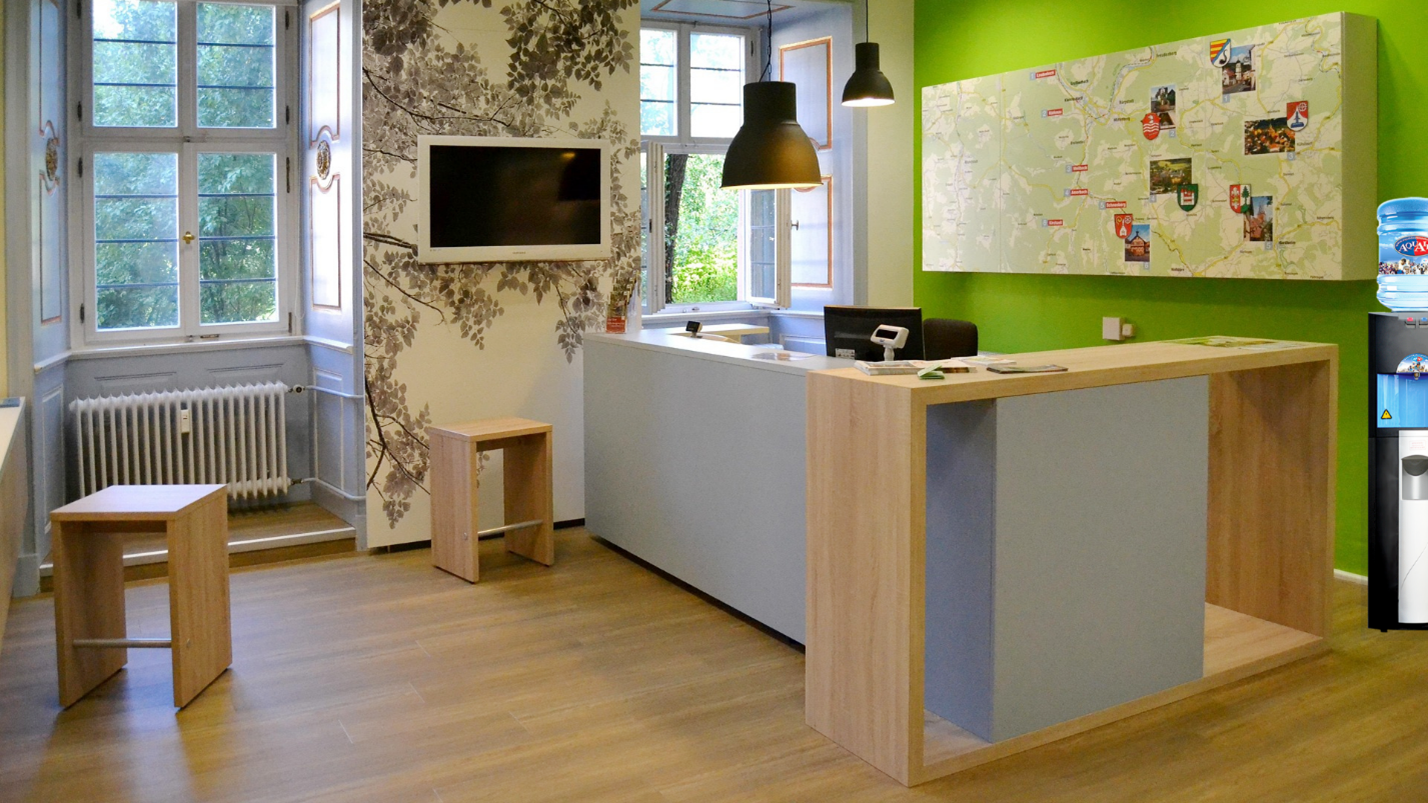
by Fern Shaw | Apr 14, 2025 | water cooler, Water Coolers
First impressions matter, especially when welcoming customers and visitors into a business or workplace.
In any public space – be it a business, community centre, library or event venue – small touches can make a big difference in how customers and visitors feel. One of the simplest yet most effective ways to enhance their experience is by offering easy access to drinking water. Whether it’s through water dispensers, refill stations for reusable bottles, or a water jug and glasses at reception, the gesture goes a long way in showing care and consideration.
Being able to grab a quick drink can help people feel welcome, relaxed and looked after. It’s especially appreciated on warmer days, during long appointments, or when visitors have travelled some distance. A water station doesn’t just quench thirst – it signals that their comfort matters. And for businesses, it’s a subtle but meaningful way to build goodwill. When people feel good in your space, they’re more likely to stay longer, engage more positively and leave with a favourable impression.
Offering water isn’t just about hospitality, either. There’s a growing awareness around sustainability and reducing non-recyclable, single-use cups. By providing places where people can refill their own water bottles, organisations are supporting greener habits. It shows alignment with environmental values that more and more customers care deeply about.
From a practical perspective, installing a water cooler is a cost-effective option. A wide range is available – from compact countertop models for small workspaces to high-capacity dispensers suited to schools, universities and large organisations. Easy to install, maintain and service under contract, they offer excellent value, especially when weighed against the positive feedback and customer satisfaction they can bring.
For places that see frequent footfall, such as gyms, salons, co-working spaces, or tourist spots, the benefits multiply. It’s also worth noting that being able to offer water can support inclusivity too. Not everyone is comfortable asking for a glass of water, especially in unfamiliar settings. Making it easily available removes that barrier and helps create a more welcoming atmosphere for all.






